REGENCY CENTRE TABLE ATTRIBUTED TO GEORGE BULLOCK - REF No. 7054
Product Details
H: 30 in / 76 cm ; Diameter: 55 in / 140 cm
An exceptional Regency yew wood centre table attributed to George Bullock, the circular top having ebony strung segmented central panel and brass foliate scrolling floral marquetry band within a cross banded border with bead and reel carved edge resting on panelled square tapering centre pillar, the shaped platform base with rolled feet with quarter palmette brackets on castors.
Circa 1815
English
Artist Biography:
George Bullock (1777-1818) was a renowned sculptor, cabinet-maker and entrepreneur. Although forgotten for many years, he was recognised as the foremost exponent of the Regency style popularised by Thomas Hope. After a successful career as a sculptor and furniture designer in Liverpool, he moved to London in 1814 and established his furniture workshop at 4, Tenterden Street, Hanover Square. His highly original designs, drawing on contemporary Greek Revival and Empire styles, many of which were published in Ackerman's Repository of Arts , attracted such distinguished patrons as Sir Walter Scott and Matthew R. Boulton. His most famous commission came in 1815 when the British government ordered a suite of furnishings for the exiled Emperor Napoleon on St. Helena. Following his death the artist Benjamin Haydon commented, George Bullock was one of those extraordinary beings who receive great good fortune and are never benefited by it, and suffer great evils, and are never ruined, always afloat but never in harbour and two years after his death Richard Brown wrote in The Rudiments of drawing Cabinet and Upholstery Furniture that, The late Mr Bullock was the only person who ventured into a new path....There was great novelty without absurdity, as well as a happy relief in his ornaments. It is now part of furniture legend that this pre-eminent cabinet-maker was soon forgotten and it was not until the auction of the Boulton house, Great Tew Park in 1987 that his reputation was revived. The following year Blairman held an exhibition of his work and published a catalogue featuring appraisals of Bullock's work by Clive Wainwright and Lucy Wood. His reputation was restored. The Tew Park furniture is particularly useful for Bullock studies as the original bills survive and signature techniques and styles can be observed en masse. In particular the strength of the overall design is typical of Bullock's architectural rather than a pure furniture approach.

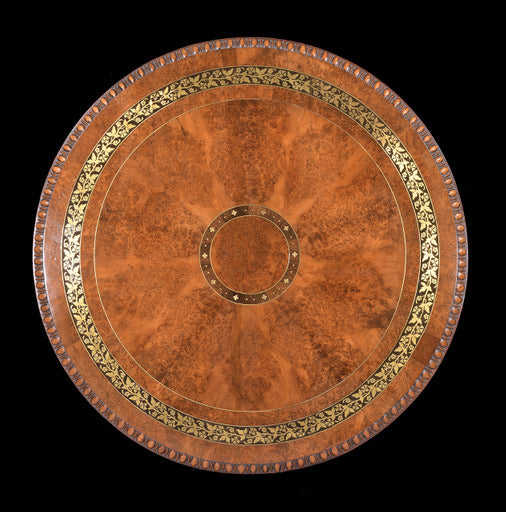
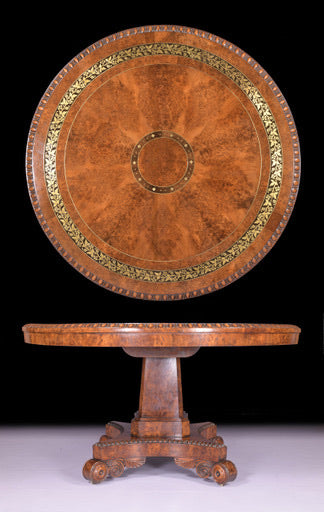
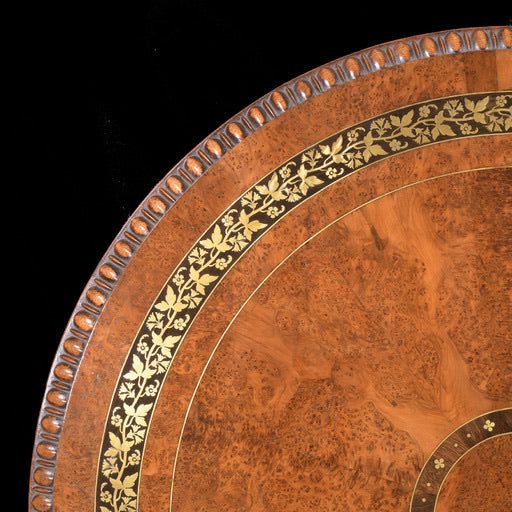
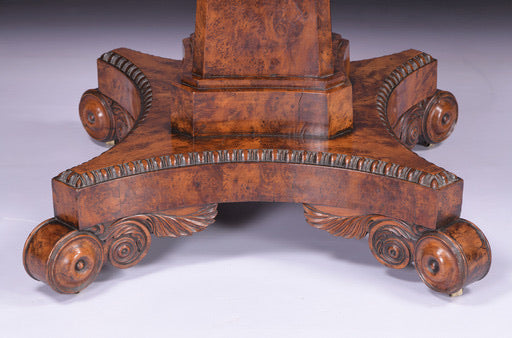
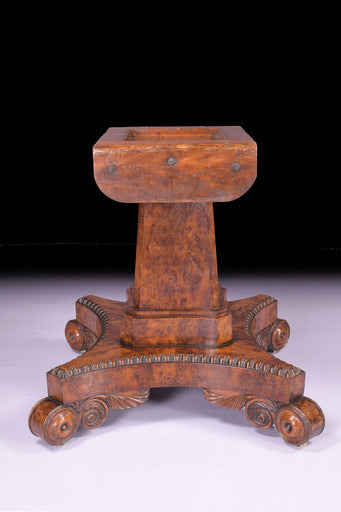
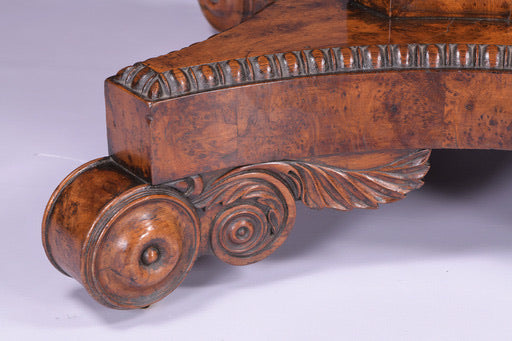
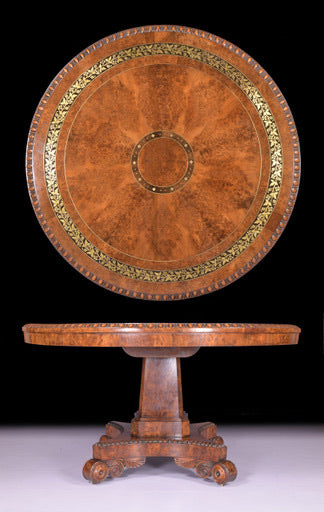
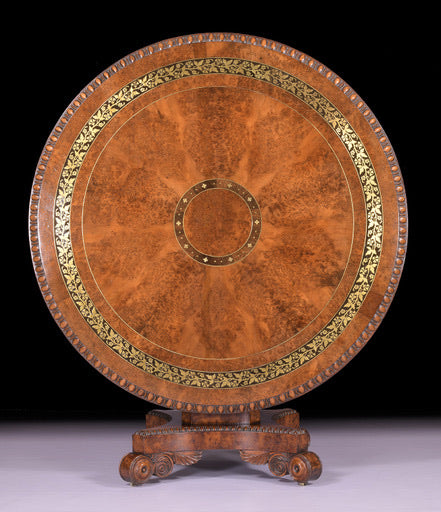




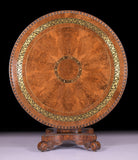
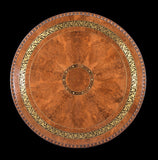

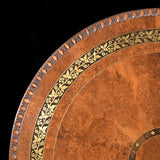
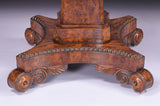
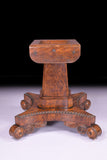

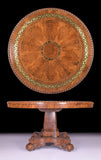

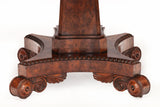
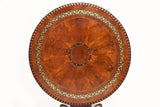
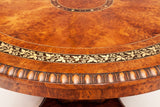

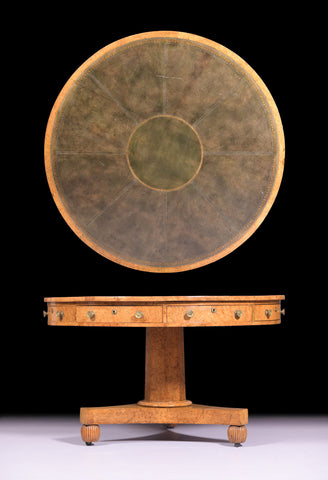
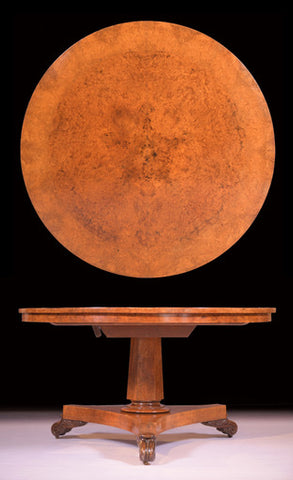
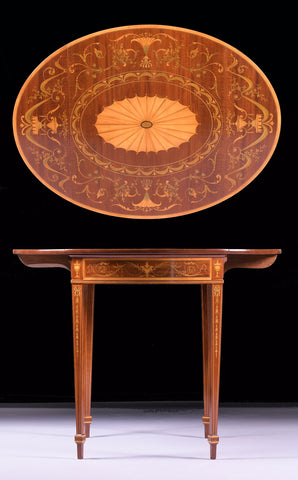

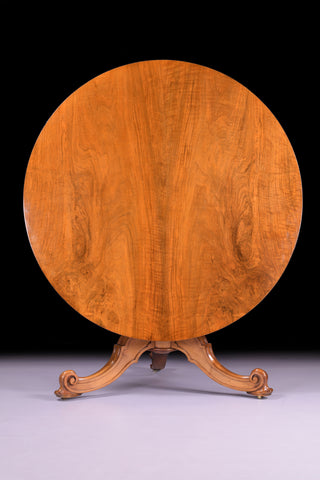
Connect